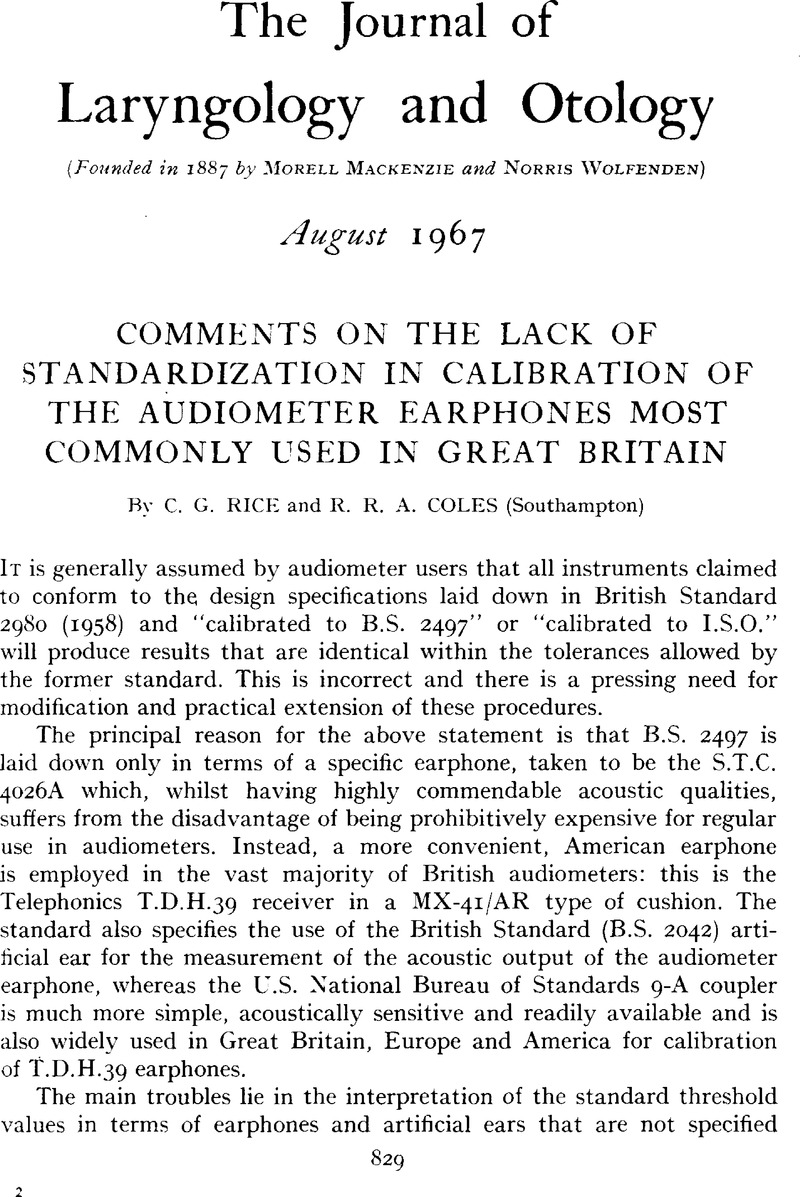Crossref Citations
This article has been cited by the following publications. This list is generated based on data provided by Crossref.
1967.
The R.N.I.D. List of Selected Papers on Audiology and Allied Subjects.
British Journal of Audiology,
Vol. 1,
Issue. 4,
p.
102.
Martin, M. C.
1968.
The Routine Calibration of Audiometers.
British Journal of Audiology,
Vol. 2,
Issue. 4,
p.
106.
Coles, R.R.A.
and
Thornton, A.R.D.
1973.
Audiology research in the I.S.V.R.'s first decade.
Journal of Sound and Vibration,
Vol. 28,
Issue. 3,
p.
313.
Richardson, K.
Peckham, C. S.
and
Goldstein, H.
1976.
Hearing Levels of Children Tested at 7 And 11 Years: A National Study.
British Journal of Audiology,
Vol. 10,
Issue. 4,
p.
117.



